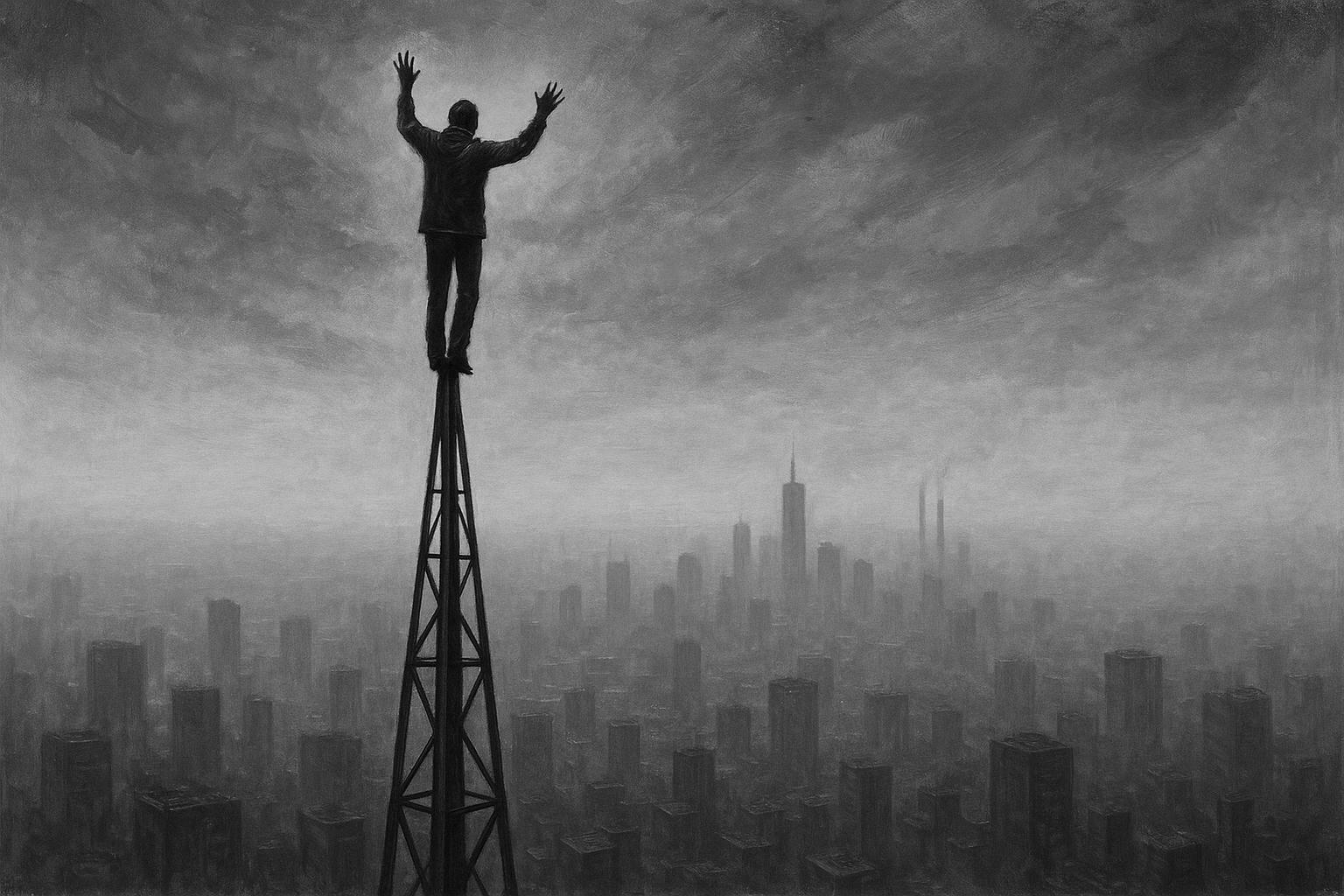George King, better known as the Shard Climber, has become a striking figure in the world of urban free solo climbing, captivating public attention with both his daring feats and the consequences they have brought. At just nineteen years old, King shocked London by free-climbing the Shard in July 2019, Western Europe’s tallest skyscraper. The 310-metre, 72-storey ascent caused a brief closure of London Bridge Station and captured global media attention. However, King’s feat was not without significant repercussions; he was sentenced to six months in prison for breaching a High Court injunction issued by the building’s owners, a penalty reflecting the seriousness with which authorities regarded the stunt.
King had planned the climb meticulously over approximately eight months, even relocating to east London and reportedly visiting the Shard around 200 times to prepare for the climb. The legal actions that followed culminated in his imprisonment, during which King acknowledged the toughness of the experience but expressed resilience, stating to the BBC that he would "never let adversity extinguish my spirit." Despite the jail time, he did not express self-pity, underscoring a determined mindset toward his climbing pursuits and personal growth.
Far from being deterred by his sentence, King resumed climbing after his release, demonstrating his ongoing passion and commitment to the activity. Within months, he scaled a 36-storey tower block in Stratford, East London—an achievement he said he had decided to undertake while still in prison. This climb, completed in just 45 minutes, drew attention not only for the physical achievement but also because King emphasised it involved no risk to the public nor disruption to the area. Shortly after, he also reached the tops of the neighbouring 23-storey Unex Tower, completing two skyscraper ascents within ten days.
King has framed his subsequent climbs with a broader intention beyond personal challenge. According to a report by The Telegraph, he declared his intention to leverage these ascents to raise awareness about climate change, injecting a social cause into what might otherwise be seen as purely thrill-seeking endeavours. This new dimension adds complexity to public perceptions of his actions, suggesting a melding of activism and extreme sport.
In interviews, King has candidly discussed the psychological dimensions of his climbing philosophy, stating to The Independent, “I want to live. I want to be around for the people in my life. But to have that control, I need to accept the possibility of death.” This reflects the paradox at the heart of free solo climbing—the pursuit of absolute freedom and control while confronting inherent dangers.
King’s trajectory highlights the tension between individual daring and public safety, legality, and societal norms. His actions have forced conversations around the limits of personal freedom in urban environments and the responsibilities of city authorities in managing high-profile risks. Though his feats continue to inspire admiration in some quarters, they also serve as cautionary tales about the consequences of bypassing legal boundaries for the sake of thrill.
Ultimately, George King’s story is about much more than the heights he has physically conquered. It is a narrative about resilience, personal conviction, and a quest to balance adrenaline-fueled passion with the realities of life and responsibility. As he continues to climb and shape his public identity, King challenges us to consider what it means to live boldly—and the costs that come with it.
📌 Reference Map:
- Paragraph 1 – [1], [4], [6]
- Paragraph 2 – [2], [4], [6]
- Paragraph 3 – [3], [5], [2]
- Paragraph 4 – [7], [3]
- Paragraph 5 – [1], [5]
- Paragraph 6 – [1], [4], [6]
- Paragraph 7 – [1], [5], [7]
Source: Noah Wire Services
